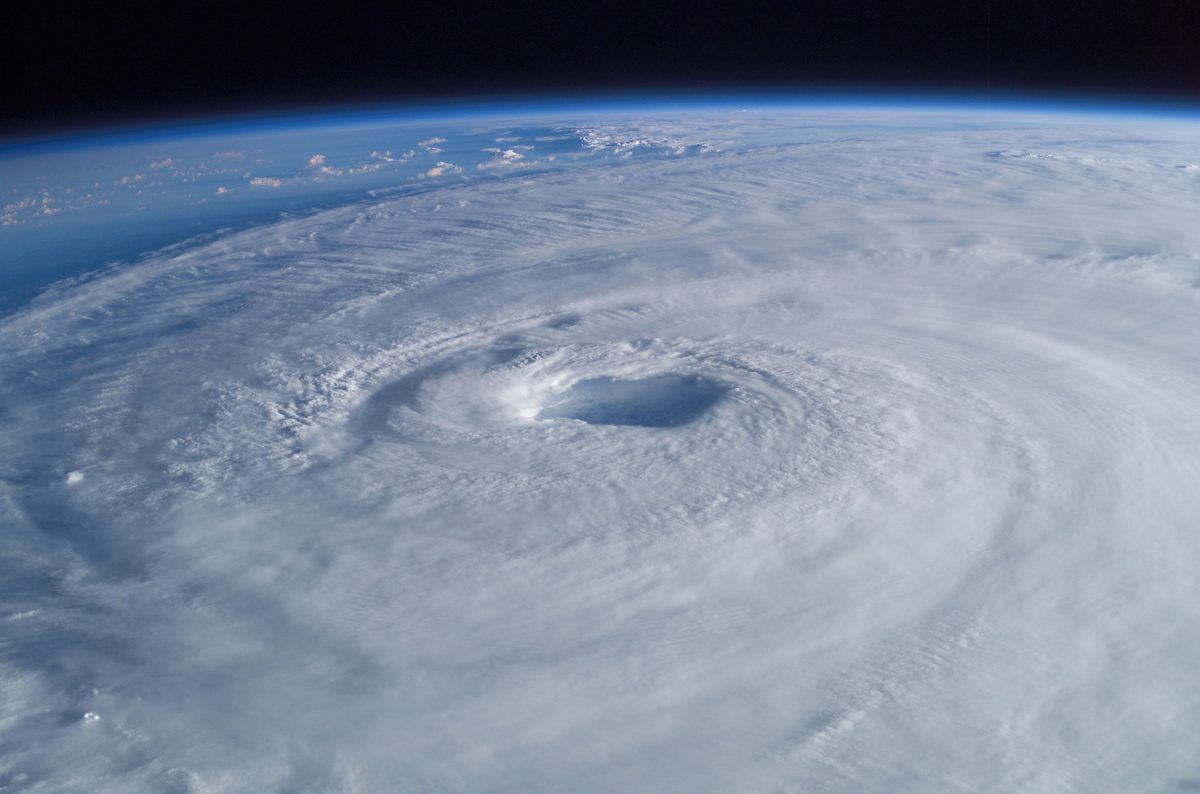A devastating natural disaster struck the tiny Central American nation of Honduras in September 1974, leaving a lasting impression on both its people and its country. With rare ferocity, Hurricane Fifi—a Category 2 storm—delivered harsh winds and torrential rainfall. The tragedy of Fifi became a turning point in the history of Honduras as the country struggled with the aftermath, disaster preparedness, and public cooperation. On September 18, 1974, Fifi made landfall and wreaked destruction over neighboring countries and Honduras. Homes, infrastructure, and agricultural fields were destroyed by the storm’s devastating flooding and mudslides caused by its horrible rains. Thousands of people were left homeless and without access to essentials when entire neighborhoods were flooded. Estimates of the death toll ranged from 8,000 to 10,000, and they continued to rise.
Soon after the devastation, Honduras faced immense challenges in the relief and recovery efforts. The scale of destruction overwhelmed local authorities and strained international aid resources. However, in the chaos, stories of resilience and solidarity came as communities came together to support one another. Ordinary citizens, alongside government agencies and humanitarian organizations, worked nonstop to provide emergency assistance, shelter, and medical care to the people of the community.
The tragedy of Hurricane Fifi also stressed the importance of disaster preparedness and early warning systems. In the years following the storm, Honduras invested in improving its infrastructure and implementing measures to mitigate the impact of future disasters. This included the establishment of meteorological monitoring stations, the construction of flood control infrastructure, and the development of evacuation plans for at-risk communities. These efforts enhance the country’s resilience and ability to respond to natural disasters.
The storm’s widespread devastation prompted neighboring countries and the international community to offer assistance and support to Honduras. Relief efforts were coordinated across borders, with aid organizations and governments collaborating to provide essential supplies, technical expertise, and financial assistance. In the decades since Hurricane Fifi, Honduras has made huge strides in disaster preparedness and resilience building. The lessons learned from the tragedy have informed policies and practices aimed at reducing vulnerability and enhancing response capabilities. Investments in early warning systems, infrastructure, and community-based disaster risk reduction initiatives have helped to minimize the impact of subsequent natural disasters.
However, challenges remain, particularly in the face of escalating climate change and its associated risks. The frequency and intensity of extreme weather events are increasing, posing new threats to vulnerable communities in Honduras and beyond. As the country continues to confront these challenges, the legacy of Hurricane Fifi serves as a reminder of the importance of resilience, solidarity, and proactive disaster management. Honduras pays tribute to the people’s resiliency and the lives lost during the Hurricane Fifi tragedy. The nation’s approach to disaster planning and recovery is still shaped by the lessons learned from this destructive storm, which directs efforts to create a safer and more resilient future for all. With the lessons learned from the past, Honduras is prepared to confront the challenges of the future through concerted effort and unyielding determination.





























































































































